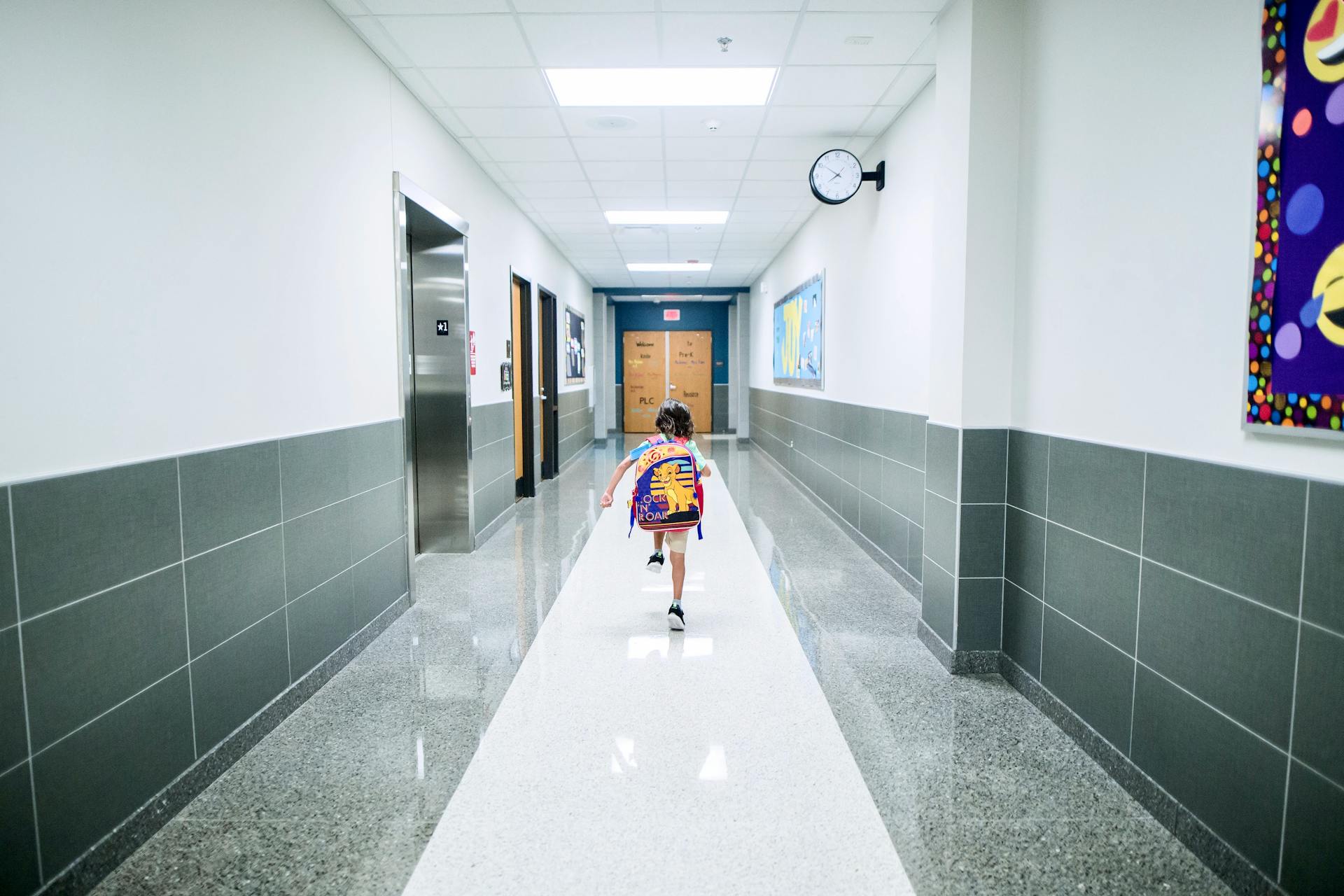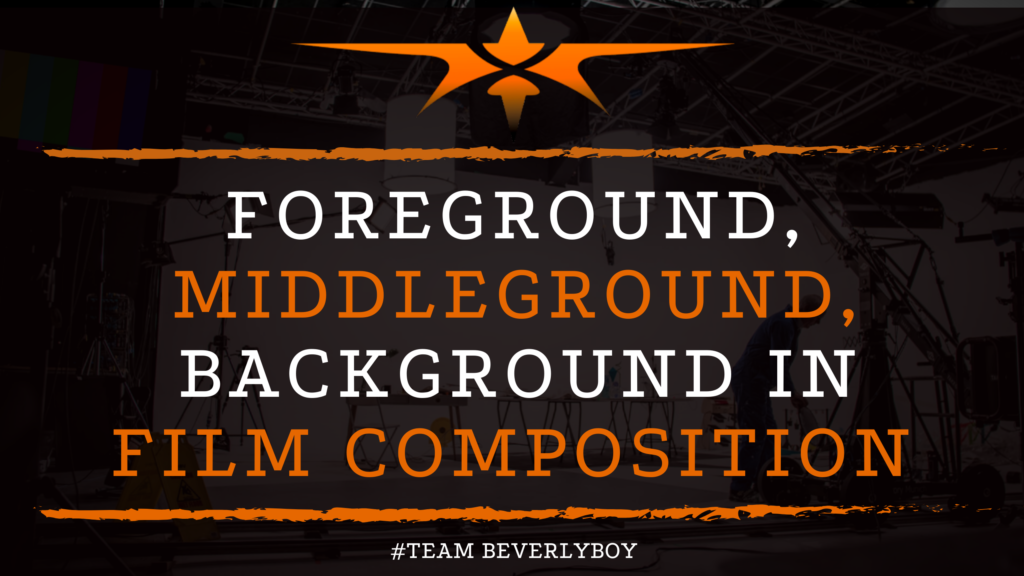Understanding Foreground, Middleground, Background in Film Composition
When looking at the composition of a shot, the filmmaker is faced with a layered scene. In which there is essentially a foreground, middleground, and background in film. Each of these areas, respectively, represents a very important area of your focus. In which, together, the foreground, middleground and background are combined to produce the desired shot composition. Learning how to value the space within your shot composition as it relates to the three layers is incredibly important.

But what does all of this mean?
Mastering the Three Layers
In order to best understand how the three layers of your shot composition can be mastered for the most amazing, engaging cinematography. You must first understand and embrace each layer individually.
Every shot you take is made up of the following:
- Foreground – this is the area that is closest to the audience’s view.
- Middleground – this is the area that is between, you probably guessed , the foreground and the middleground.
- Background – this is the area that is behind the other two layers.
Can it really be that simple?
Yes, and No!
The foreground, middleground, and background in film are certainly justified by the front, center, and back most area of the scene as it is filmed. But how does the cinematographer know where each area begins and the other ends?
Foreground
The foreground is represented by the area of space. That stands between the camera lens and the individual that is being filmed. The foreground is often a blank space, essentially an area filled with air. But the filmmaker may opt to occupy the space in some manner.
Common approaches to composition in the foreground area that is closest to the audience include:
- Elements that convey the environment in which the film is being shot.
- A display that has particular meaning for the narrative.
- Various components that may compliment the narrative without drawing away audience attention from the other layers.
Middleground
The middleground is where the most important action is going to take place within your scene most of the time. This is the area where most physical action is going to be taking place within your frame.
Establishing the middle ground comes easiest when you’re capturing a wide shot. Particularly medium shots and long shots. But don’t mistake this for saying that other shots, such as close-up shots, don’t have a middle ground. Because they still do!
Close up shots just make finding the depth of your middleground composition slightly more challenging to define.
Background
The background of your shot is the area that sits behind the foreground and the middleground. Basically, the background is represented by the area behind the middleground. And extends to infinity (but you won’t be able to see quite that far!).
Sometimes, such as when shooting indoors, your background is not going to be infinitely defined. The background is the physical space. That sits behind the main action that is taking place in your middle ground area. And should not overpower or take away from the interest in the main, middle area.
Fully understanding the foreground, middleground, and background in film composition can help you to master your shot. And maximize the impact that each of your shots makes on your audience.
Even the simplest details in each of these zones can have profound results on the outcome of your production.


